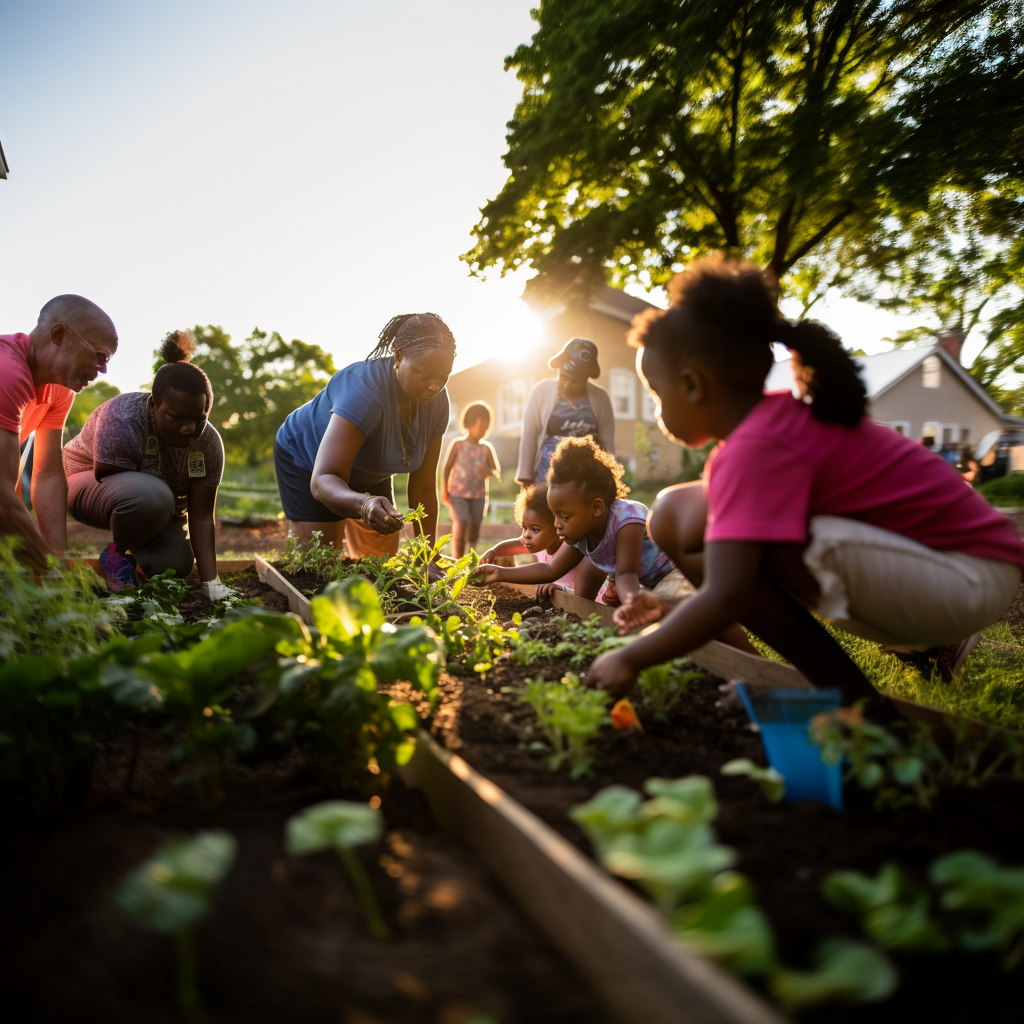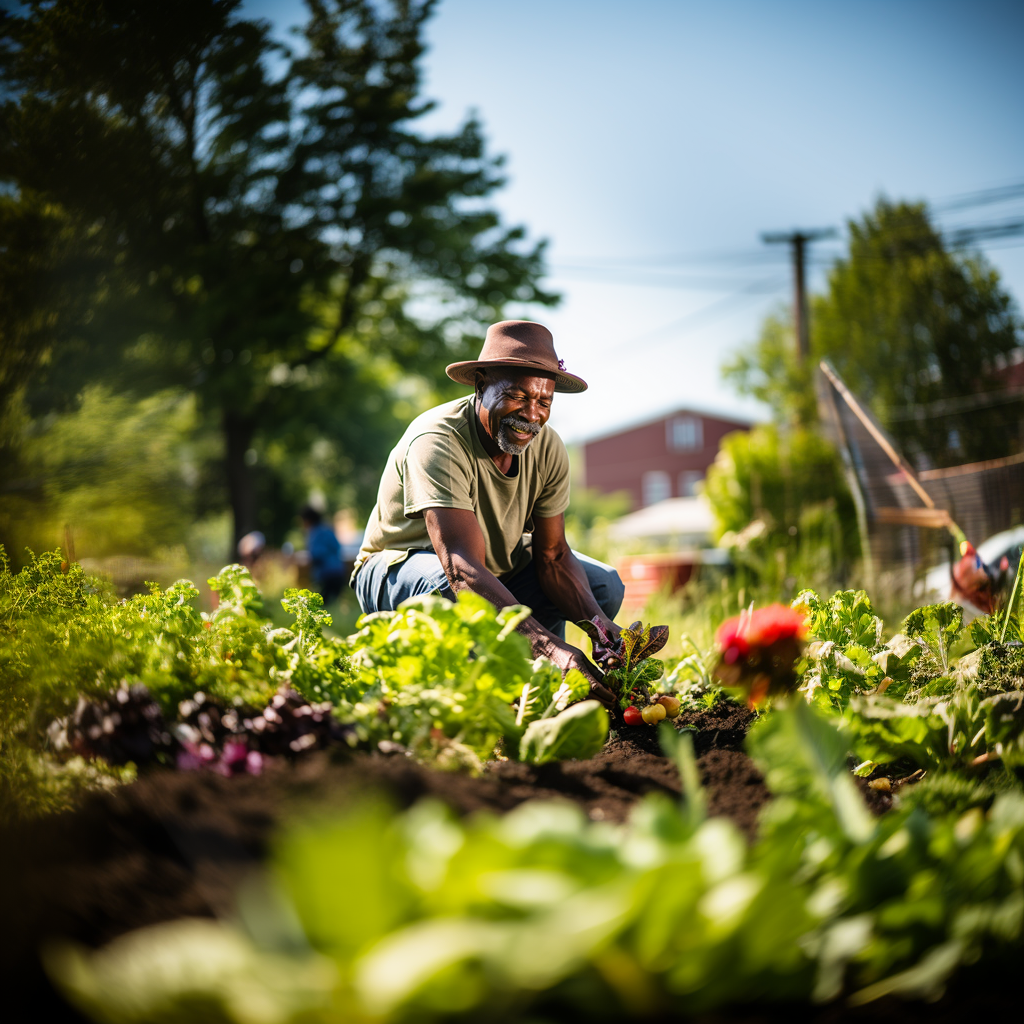Other projects


Hot Peppers Are Favorites

Hot peppers have been gaining in popularity in Texas as well as in most parts of the country. They are easy to grow in Texas and there is a wide variety of choices from the mild Poblano Chili to the medium hot Jalapenos and fiery hot Habaneros. Aside from the great taste, there are a number of unique ornamental hot pepper varieties.
Hot peppers are mainly used in sauces and flavoring. However, peppers have countless other uses:
Hot Peppers - There Are So many
Growing hot peppers in containers offer an alternative to planting in the garden. Most hot peppers are perennials grown in tropical climates but can be grown all year long in containers. There are added requirements using containers, but benefits can outweigh these issues.
More and more people are growing plants in containers. It is perfect for gardeners living in apartments, for those who have small yards and for those who live in cool regions where the number of growing days are limited. Container grown plants can also create interest on a patio.
Growing plants in containers have other advantages over planting in the ground:
Container plantings can be started indoors from seed and moved outside using the same time frame as when you plant in the ground. It is best to use 5 gallon containers so the peppers do not get root-bound. So select your favorite hot pepper and let's get started.
For fruit production, the ideal temperature is in the 70 to 85F range with overnight temperatures above 60F. The first hot peppers will be ready to pick within 10 to 12 weeks after transplanting. Harvesting the mature fruit encourages the plant to continue producing. Your hot pepper plants should continue to produce until the first frost in the fall. When you begin harvesting your hot peppers, remember to wear gloves if your skin is sensitive. Oh, and do not to rub your eyes.

